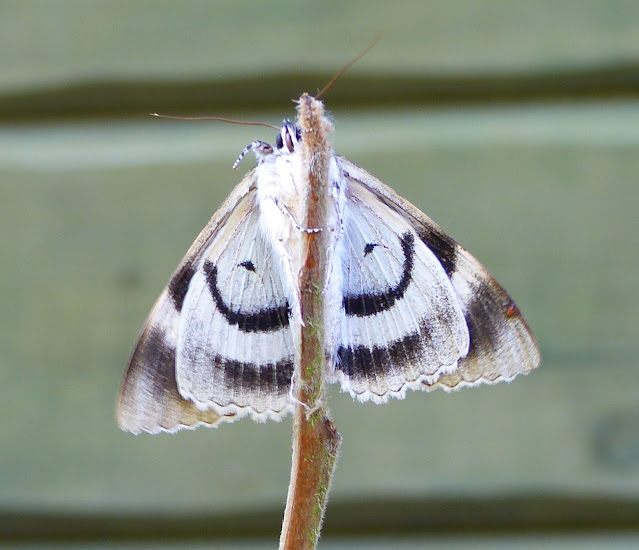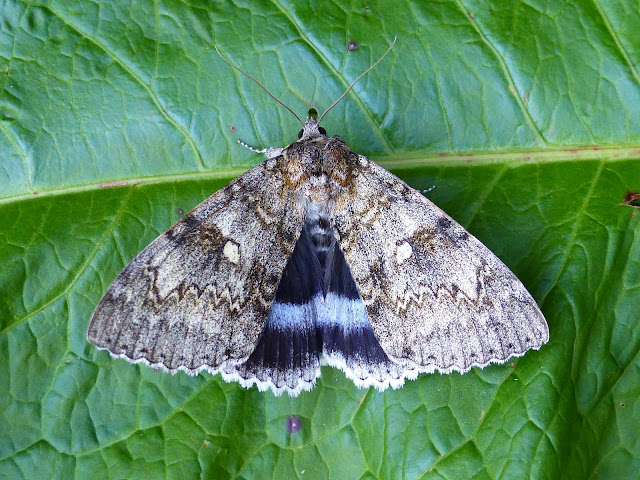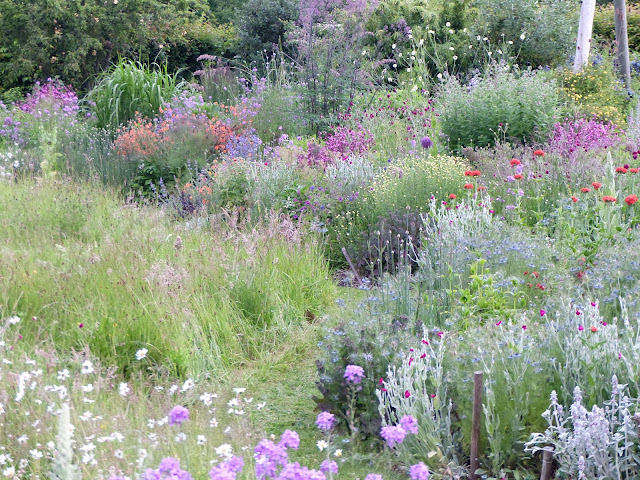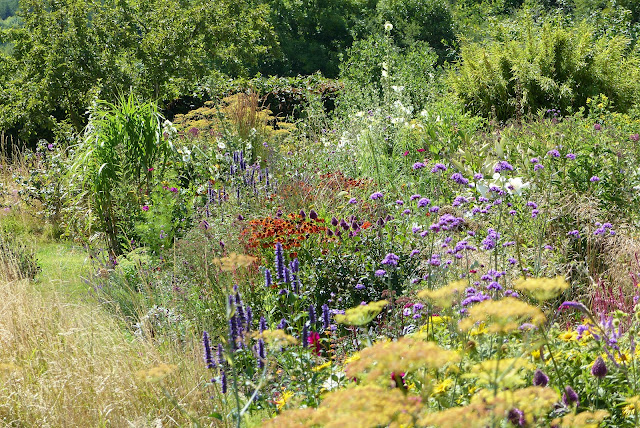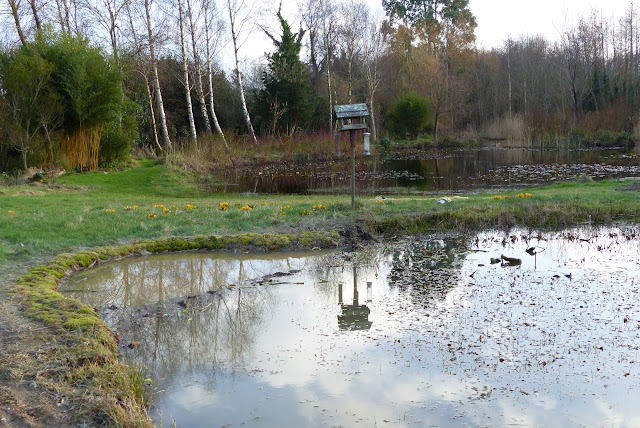Numerous times over the last few years I have attempted to post to this blog but every time it proved to be tedious and slow to add photos, until now, trying again today, I seem to be able to drop photos in easily, Hurrah!
So, let's see, where shall I begin?
Something seasonal...
A brief selection of January garden photos from the last few years to get the blog rolling again!
 |
January 20th 2020.
Grasses at the trampoline, Miscanthus nepalensis and stipa tenuissima amongst others.
 | January 20th 2020.
Garrya elliptica looking festive with frost!
|
 | January 30th 2019.
The vegetable garden continues in abundance. |
|
 |
January 25th 2019.
There is some progress with the woodland garden, clearing small areas, planting small pockets. |
 | January 5th 2019.
Helleborus x hybridus. |
 | January 25th 2019
A pretty Helleborus x hybridus double.
 | Galanthus nivalis, January 25th 2019.
I continue to divide and replant snowdrops. |
|
 | January 25th 2019.
Galanthus "Wendys gold".
 | January 14th 2019.
The work goes on... or is it play?
|
|
|
 |
At the big pond, January 21st 2018.
|
 |
January 10th 2018.
The big pond with an ethereal mist.
 | January 10th 2018.
There are days when the winter light is magical. |
January 10th 2018.
Water, beloved of light and wildlife.
--------------------
Stay safe and stay well everyone.
|
